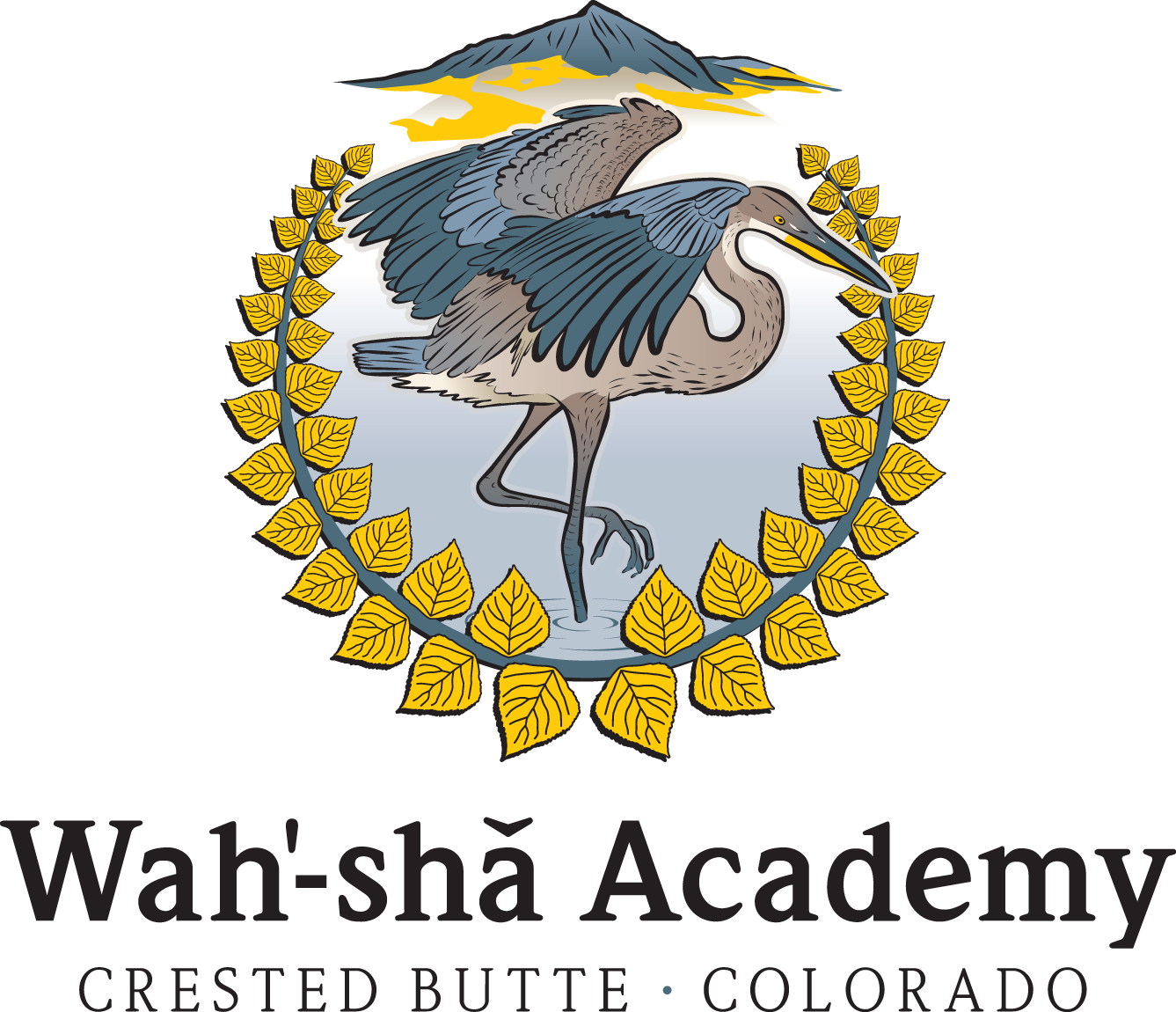“Imagination does not become great until human beings,
given the courage and the strength, use it to create.”
― Maria Montessori
We celebrate and encourage our first and second graders as they embark on a new journey, one in which they transition from the concrete to the abstract, broaden their worldview, and emerge as critical thinkers. We aim to follow the child’s lead in their learning so that they are consistently engaged and excited by their own educational journey.
Our first and second graders share a classroom and will enjoy either one Lead Teacher and an assistant, or two Lead Teachers.
Not a lot changes in our rhythm of the day, from our kindergarten days. We still begin with our morning gathering, recite our poems and verse, and sing songs. We add mental math and language play to our morning ritual. Our multicultural curriculum is in sync with the whole school, but now we begin to read more on our own. All that we experienced in Kindergarten at Wah’ -Sha continues to offer us a familiar comfort from which we can build further. Occasionally a kinder may join us, or one of our first graders may join the kinders every so often as a role model, to return to certain materials, or simply for fun.
These years are a child’s introduction to the collective being of a class. We nurture a deep reverence for the earth, compassion for classmates, and a healthy respect for every living thing. In kindergarten, there was more help from the teachers by way of re-direction to help with social interactions.
Building on a foundation of security and creativity, first and second graders move toward self-awareness and the subjective world of feeling.
It is the teacher’s role to help these children discover the wonders of our world and understand the rhythm of life.
The child is ready to transition from a time of absorbing the world around them to a time of thinking more critically about their experiences within the world. “Why are things the way they are? How should I live to fit in with it all?” They are aided in this quest for answers by their burgeoning imagination and creativity, which begin to unlock the world of abstract concepts. Peer relationships also become increasingly important, as does the nature of morality—right and wrong.
While our primary classrooms continue to provide students with the uninterrupted, independently-guided work cycles they need to grow, the focus of the curriculum takes an exciting new step into the abstract. Through our Cosmic Education Curriculum, we give children “a vision of the universe,” meeting them head-on when they enter their questioning phase and are trying to understand the “whys” of the universe.
Starting with an impression of the whole—the Formation of the Universe—the Cosmic Curriculum works its way inward to life on earth, playing on the children’s fully-active imaginations to excite them about the rest of the curriculum, which ties into all other the academic areas. This foundational perspective teaches children how all things in the universe are connected, and gives them a cosmic framework with which to organize new information about the world and their role in it.
At this age, children begin their social and moral development and need a safe place to identify their value system and grow as social beings. Undergoing a shift towards external motivation, students are now energized by working and interacting with their peers. Thus, our first and second grad puts an emphasis on collaborative work and whole group lessons, while still supporting each individual student on their own educational path. Older students are again given opportunities to teach younger students, as well as other leadership opportunities, such as running classroom meetings or organizing classroom events (like our annual winter solstice celebration).
They will hear fables and legends and learn heroic stories. These complement the “why” stage and keep us grounded. The fables aim to satisfy the children’s deep interest in the animal kingdom and in nature. The legends present them with human striving and highlight the noblest qualities of humans. Hero tales offer the children examples of men and women who have faced difficulties as a result of their striving. The Montessori ‘Cosmic’ Education balances this with a great sense of wonder.
When students feel the lesson, they internalize it. Reading and writing are the crescendo of these two years.
While elementary students are certainly more focused on traditional academic areas, such as language, mathematics, and the sciences, we recognize that they need to continue to develop and hone their fine and gross motor skills. Often, fine motor skills are refined through art materials, such as finger-knitting, using tiny parts to materials, and through the practice of handwriting.
At Wah’ -Sha, Singing in the classroom and in music class is a big part of the children’s day. Students learn knitting and other handcrafts which we often enjoy during storytime. This work with the fingers helps the dexterity and coordination in the hands as well as in the thinking process. This and much more will be discovered through beeswax modeling, foreign languages, movement, verses and poems of substance, which the children love to recite over and over again.
In our wilderness awareness curriculum, the children will push onward with longer hikes, more leadership opportunities, deeper practice, and more nature games. A sense of ‘life’ develops from our outings.
Special Classes:
Recorder
Spanish
Music
Literacy
